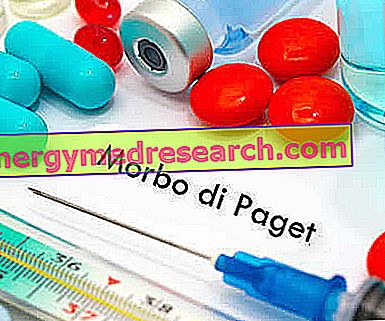Scroll down the page to read the summary table on dystonia.
| Dystonia | Listed among the movement disorders known as dyskinesias, dystonia causes involuntary muscle contractions and spasms, which force the affected subject to take abnormal physical postures unusual movements |
| Characteristics of movements dystonic | Abnormal physical postures Uncomfortable and twisted postures Unusual movements, often painful and repetitive Reversibility of the dystonic position: not always possible immediately |
| Dystonia: incidence | 1988: first epidemiological study 300 patients every million healthy subjects; After some years
|
| Diatonia: target | Ideally, dystonia could affect men, women and children of all ages and all races without distinction
|
| Dystonia: general characteristics |
|
| Action dystonia | During a simple action, such as writing, the patient suffering from dystonia could present further bizarre atypical movements, worsened by the putting into practice of voluntary "antagonistic" movements |
| Dystonia: age of onset |
|
| General classification of dystonias | Dystonias are cataloged according to:
|
| Generalized dystonia |
|
| Secondary dystonia |
|
| Focal dystonia | Description: the anomalous movements are prolonged in time, arrhythmic, up to degenerate causing real fixed and immobile positions Classification:
|
| Neurovegetative-paroxysmal dystonia | Description: muscle contractions and involuntary spasms of the extrapyramidal system, associated with severe migraine and sudden seizures. Incidence: rather rare pathology Classification:
|
| Dystonia: causes |
|
| Dystonia: diagnosis | Doctors do not have a single standard diagnostic test to confirm the dystonia hypothesis;
|
| Dystonia: therapies |
|
| Dystonia: prognosis | The onset age of dystonia is fundamental to hypothesize an evolutionary prognosis of kinetic disorder
|



